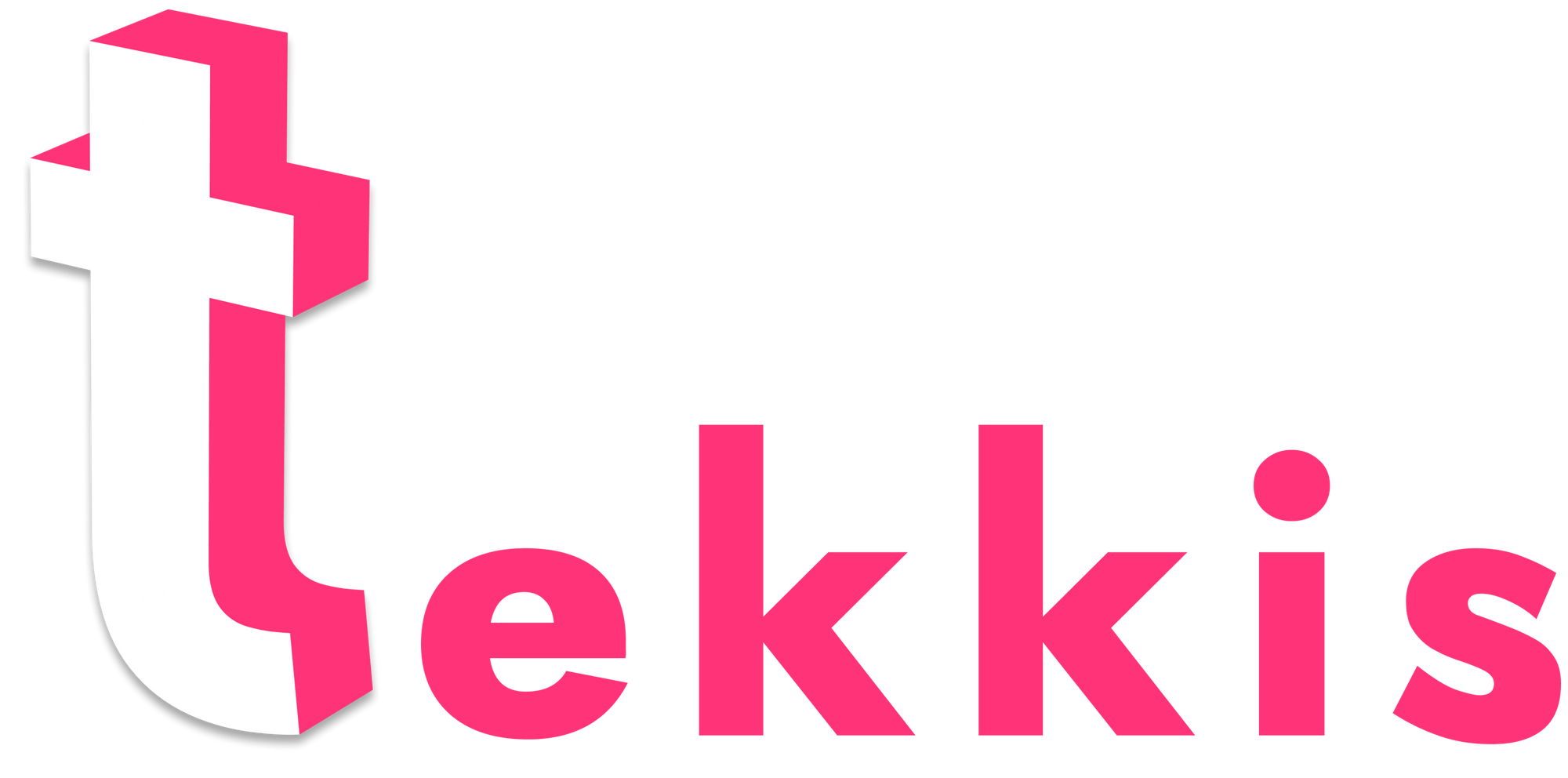The Ultimate Guide for Business Owners: Choosing the Right Payment Methods
Puzzled by which payment method to choose? We detail the pros and cons of each popular method below.

As a business owner, one of the critical decisions you'll face is determining which payment methods to accept. Embracing the right payment options can significantly impact customer satisfaction, sales conversion rates, and overall business success.
In this blog post, we'll delve into various payment methods available to modern businesses and explore the pros and cons of each. Let's begin!
Credit and debit cards
Pros:
- Widely accepted: Credit and debit cards are the most common payment method for online and in-store purchases, ensuring a broad customer reach.
- Instant transactions: Payments are processed swiftly, reducing checkout time and improving customer experience.
- Lower risk of fraud: Card networks often have robust security measures in place, offering protection against fraudulent transactions.
- Higher average order value: A 2021 study by MIT shows that customers tend to spend more when using credit cards compared to cash and bank transfers.
Cons:
- Transaction fees: Accepting card payments comes with processing fees, which can impact your profit margins, particularly for smaller transactions.
- Chargebacks: In cases of disputes or dissatisfied customers, chargebacks can be time-consuming and may lead to financial losses for your business.
- Dependence on payment gateway: You'll need to rely on third-party payment processors, which may face technical issues or downtime.
Bank transfers via FPX
Pros:
- Convenience: If a customer has a bank account, they can use transfers via FPX to pay instantly using their online banking credentials.
- Wider reach: Many more customers have bank accounts compared to credit cards, enabling a wider reach.
- Lower transaction fees: Compared to credit cards, FPX has lower transaction fees.
- Appeal to debt-conscious customers: With bank transfers, customers’ finances are easily managed compared to credit cards. This will appeal to customers who don’t want to get trapped in debt.
Cons:
- Lower average order value: On the flip side of credit cards vs bank transfers, FPX transactions will result in lower order amounts.
- Requires payment gateway: Like credit cards, FPX also requires partnership with a third-party payment gateway.
E-wallets
Pros:
- Fast and secure: E-wallets store encrypted payment information, speeding up transactions while ensuring data security.
- Global accessibility: E-wallets can be used for both local and international payments, appealing to a broader customer base.
- Loyalty programs: Many e-wallets like Touch ‘n Go and GrabPay offer rewards and cashback programs, incentivizing repeat business.
Cons:
- Fees and integration challenges: Integrating e-wallets into your payment system may involve setup fees and ongoing transaction costs.
- International payments: Not all e-wallets are compatible with international payments, so you will have to watch out.
Buy Now Pay Later (BNPL)
Pros:
- Increased conversion rates: BNPL can boost conversion rates as it reduces the upfront cost for customers.
- Higher average order value: Offering BNPL can lead to increased order value. Customers tend to spend more when they can spread the cost over multiple payments, allowing them to afford higher-priced items.
- Attract New Customers: BNPL services appeal to a broader customer base, particularly those who prefer to pay in installments rather than upfront.
Cons:
- Risk of non-payment: Merchants face the risk of customers defaulting on payments, which can result in financial losses. While BNPL service providers often assume the risk, some responsibility may still fall on the merchant, depending on the agreement.
- Higher fees and commission: Merchants are typically charged high fees by BNPL service providers for offering their payment option. These fees can eat into profit margins, especially for smaller businesses.
- Cash flow challenges: Merchants might experience delayed cash flow due to the time it takes for BNPL service providers to settle payments.
Accept all of these payments with Tekkis
For fast-growing businesses and established enterprises alike, Tekkis is the ideal payments partner. Whether you choose to accept credit cards, bank transfers, e-wallets, or even BNPL, Tekkis is here for you.
Tekkis is:
- Easy to set up with no coding or programming knowledge required.
- Free to use with no subscription or hidden fees. You only pay when you make a sale.
- Practical and usable, supporting a range of payment methods including credit card, bank transfer via FPX, e-wallets, and BNPL via Atome.
- Secure and reliable with 24/7 customer support.
Choose Tekkis as your payments partner today by getting in touch with us. Our friendly Customer Experience team is always ready to assist.
If you liked this article or want to discuss something we wrote about, do comment down below. Also, if you haven’t already, subscribe to our newsletter to stay updated about all things online payments and more!



